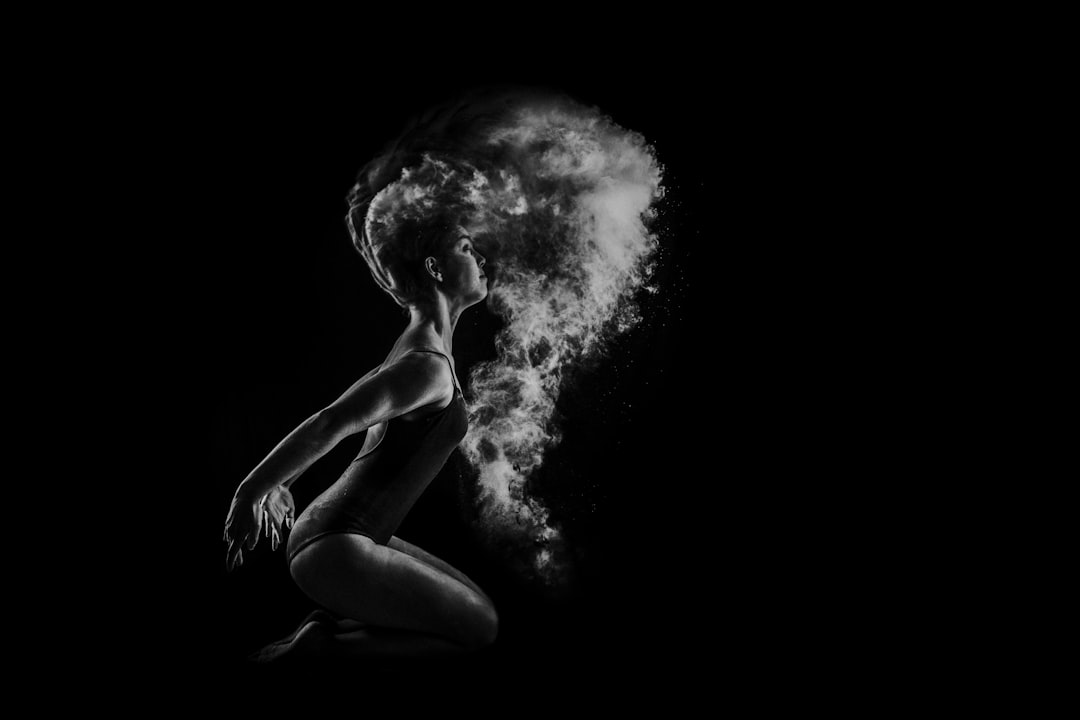Direct-to-Film (DTF) printing is rapidly gaining popularity among professional printers, thanks to its versatility, vibrant color output, and compatibility with a wide range of fabrics. Whether you’re printing t-shirts, hoodies, or promotional merchandise, having the right DTF supplies is essential for achieving pro-level results. In this article, we break down the top essentials every DTF printing setup needs, so you can optimize your workflow and deliver prints that impress.
Understanding the DTF Printing Process
Before we dive into the best supplies, it’s important to get a quick understanding of how DTF printing works. The process involves printing a design onto a special PET film using DTF inks, applying adhesive powder, curing the design, and heat-pressing it onto the garment. The result is a detailed, durable, and colorful print that works on both light and dark textiles.
To get this result consistently, you need the best-quality supplies. Let’s explore what should be on your shopping list.
1. High-Quality DTF Printer
A printer specifically designed or converted for DTF printing is the heart of your operation. It must support CMYK plus white ink printing for vibrant graphics on any fabric color.
- Preferred Models: Epson L1800, L805, or commercial options like the Prestige A3+ or P600/P800 conversions.
- Features to look for: Dual print heads, white ink circulation system, and compatibility with RIP software.
A reliable DTF printer ensures consistent ink delivery, proper color reproduction, and can significantly reduce downtime.
2. Premium DTF Ink
The ink used in DTF printing is crucial to the print’s color vibrancy and wash durability. Invest in high-quality pigment-based DTF inks that are engineered for flexibility and colorfastness.
- White Ink: Needed for base layers on darker garments; choose a formulation that resists sedimentation.
- CMYK Inks: Make sure your inks produce sharp, vivid colors and don’t clog your print heads.
Top-tier DTF inks reduce maintenance hassles and help maintain consistent color outputs across different printing runs.
3. Premium PET Transfer Film
Not all PET films are made equal. A high-quality hot peel PET film offers excellent ink absorption and lays flat during printing for sharp details and precise registration.
- Hot vs. Cold Peel: Hot peel films allow faster production; cold peel might offer slightly smoother finishes.
- Coating: Look for double-sided coated films to minimize static and curling issues.

Choosing the right transfer film minimizes frustrations like smudging, ghosting, or inconsistent transfers, especially when printing at scale.
4. High-Tack DTF Adhesive Powder
This powder plays a key role in bonding the printed image to fabric. Choose a high-quality TPU-based adhesive powder for its excellent elasticity and durability.
- Micron Size: 100-120 micron powders work best for detailed images and soft-hand feel.
- Color Options: White works universally, but black powder is often preferred for dark-colored prints.
Proper application and curing of the adhesive powder ensure the print won’t crack or peel after multiple washes.
5. Accurate Heat Press Machine
A good heat press is essential for both curing the adhesive and transferring the design onto fabric. Choose one with accurate temperature and pressure controls.
- Flat Swing-Away or Clamshell Designs: Provide consistent pressure across garments.
- Temperature Range: Should reliably reach 320°F (160°C) and maintain it.
Some DTF setups also include a curing oven for adhesive powder, which can improve efficiency over using a heat press alone.

6. Essential Software
You’ll need RIP (Raster Image Processor) software to handle color management and white underbase settings. Options like Acrorip and Cadlink Digital Factory allow fine-tuning of ink levels and layout design for optimal output.
Investing in the right software not only streamlines your process but also significantly enhances print quality and ink efficiency.
Final Thoughts
To achieve pro-level DTF printing, it’s important to invest in premium supplies that deliver consistent results, minimize maintenance, and withstand frequent laundering. From the printer and ink to transfer film and adhesive—every component matters in the final output.
Whether you’re just starting in the DTF space or scaling up production, choosing the right supplies sets the foundation for quality and reliability. Experiment, test, and don’t be afraid to invest in products that elevate your brand and your results.